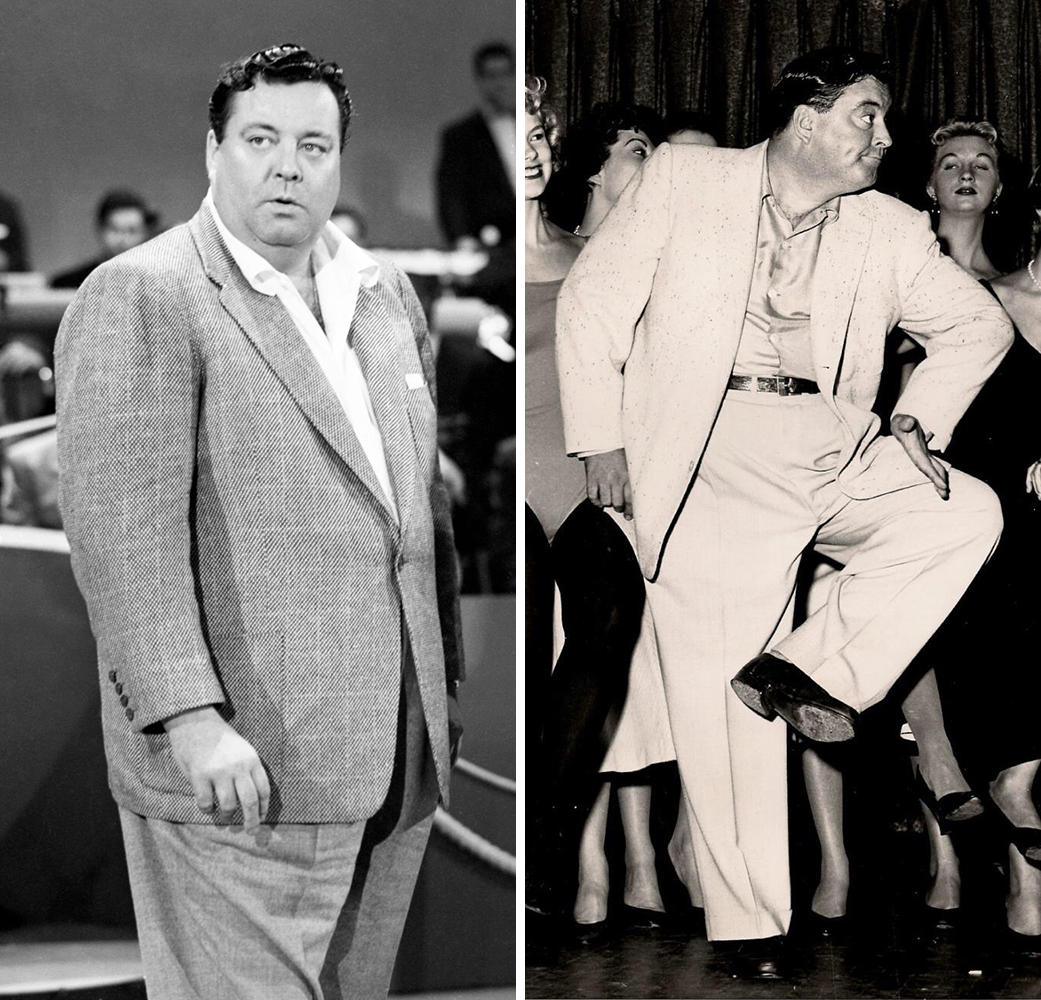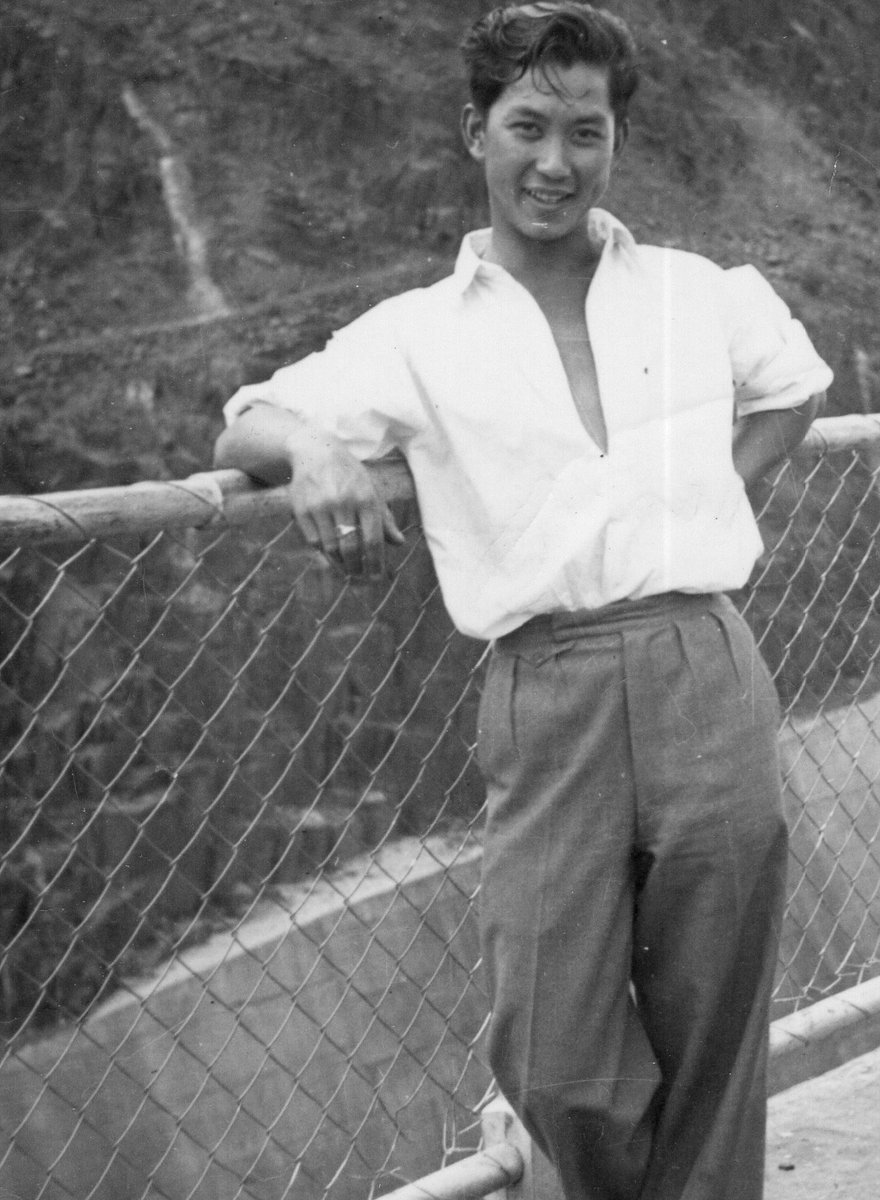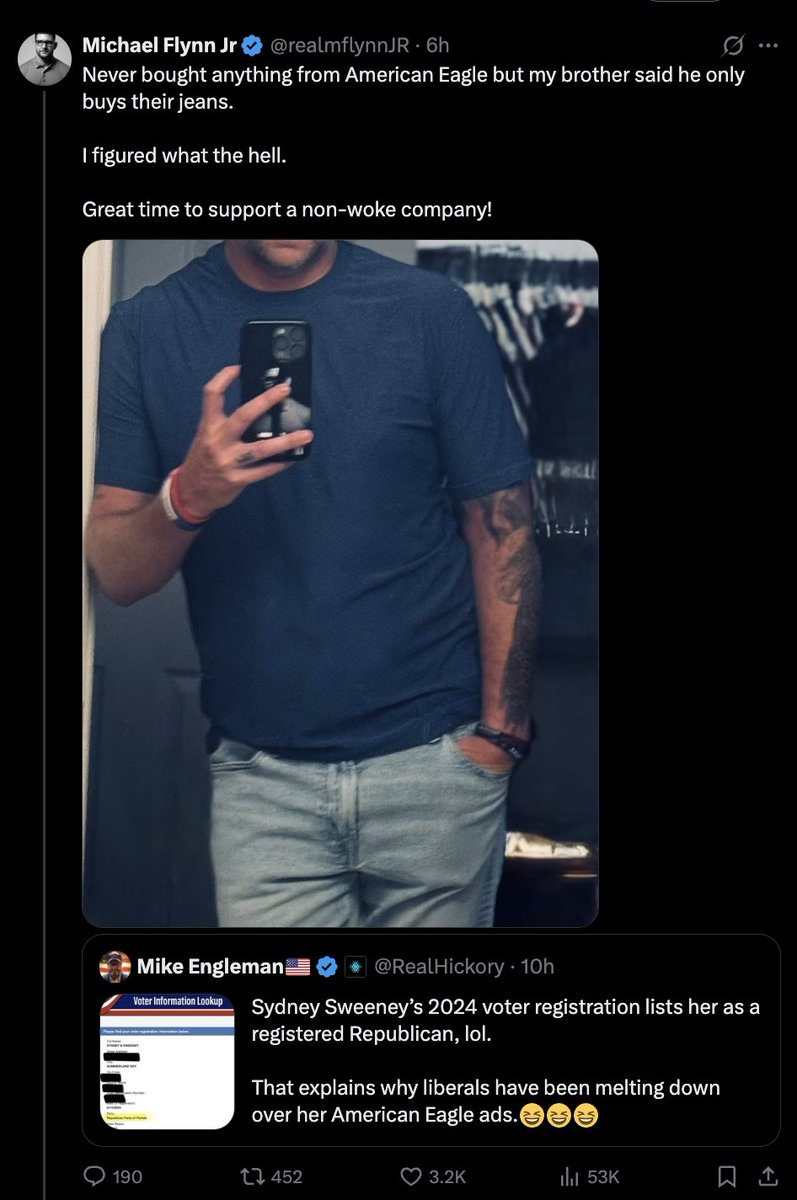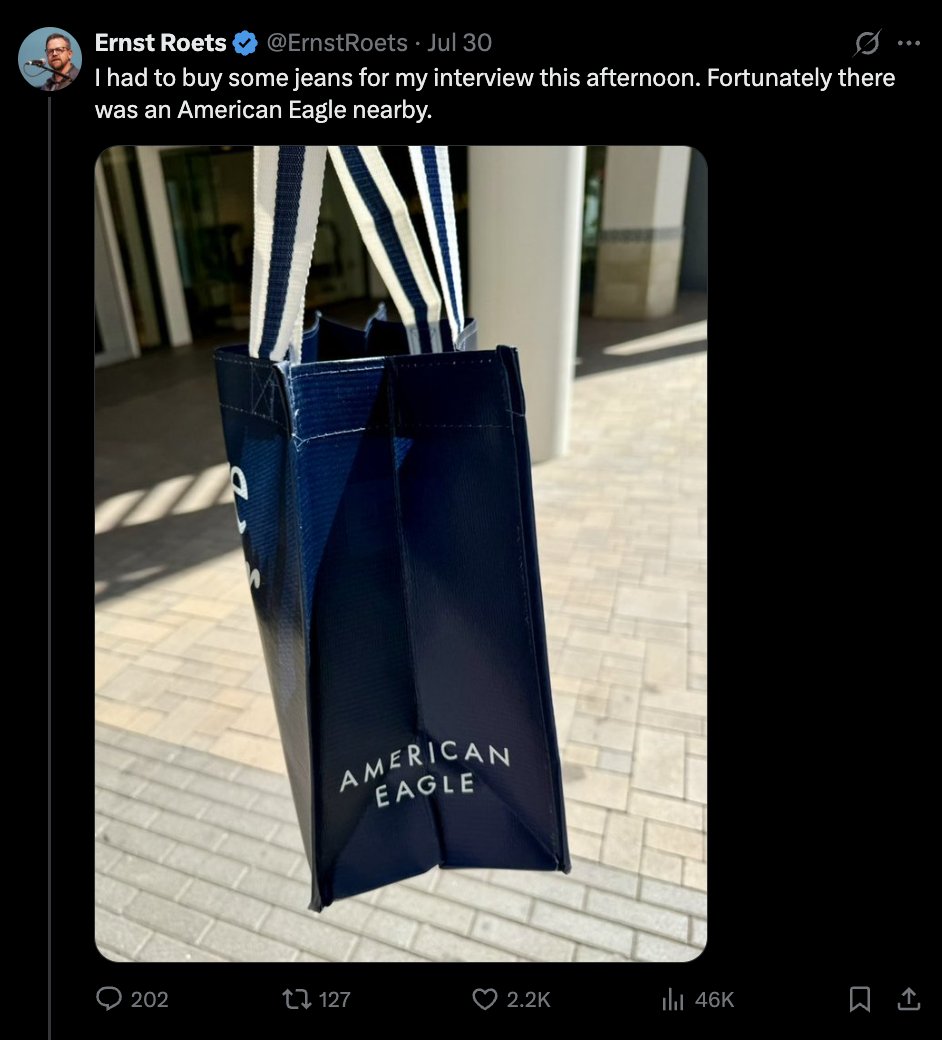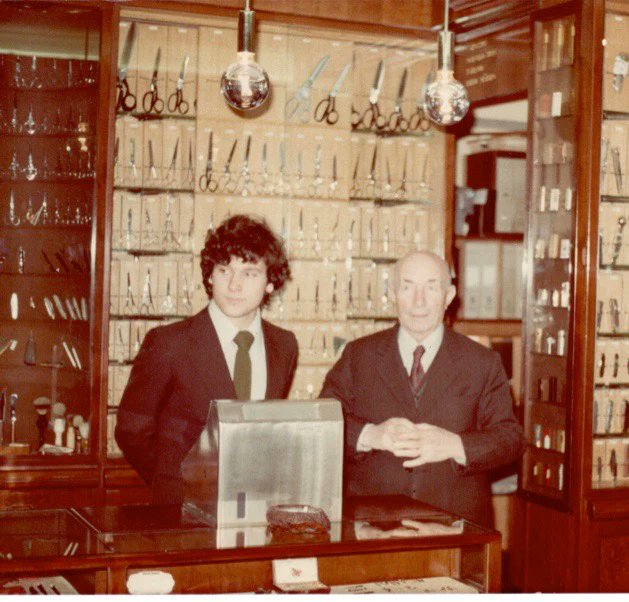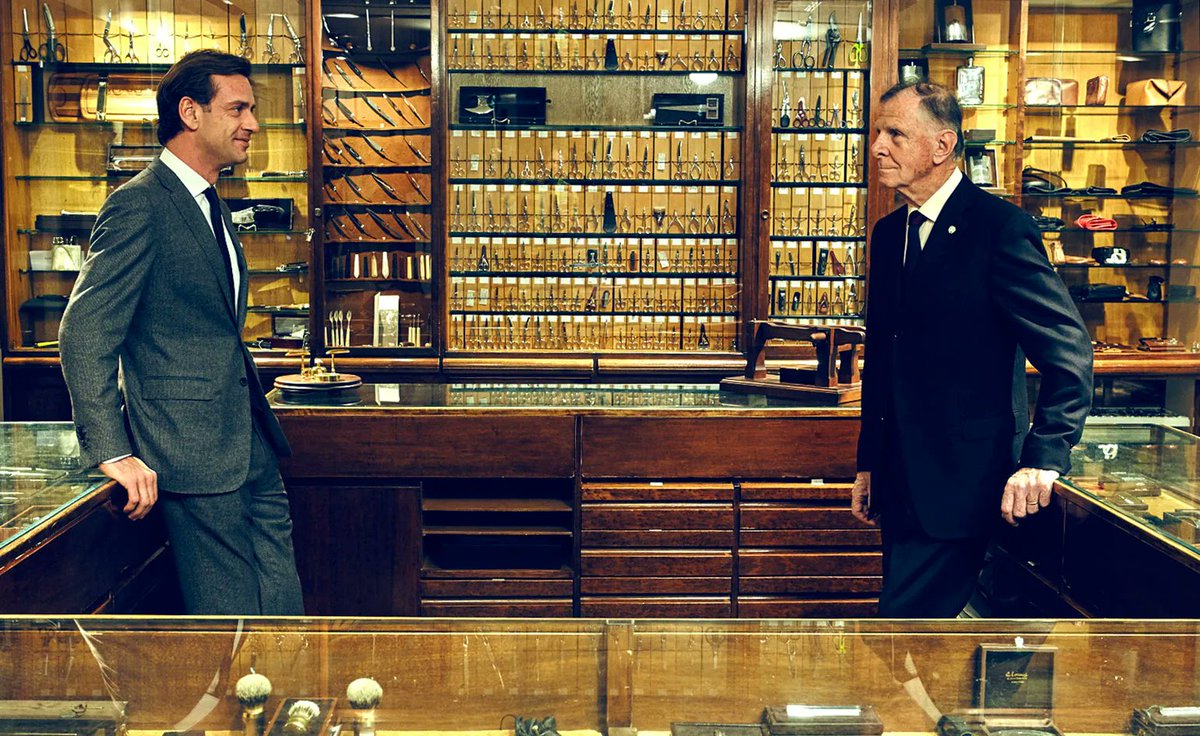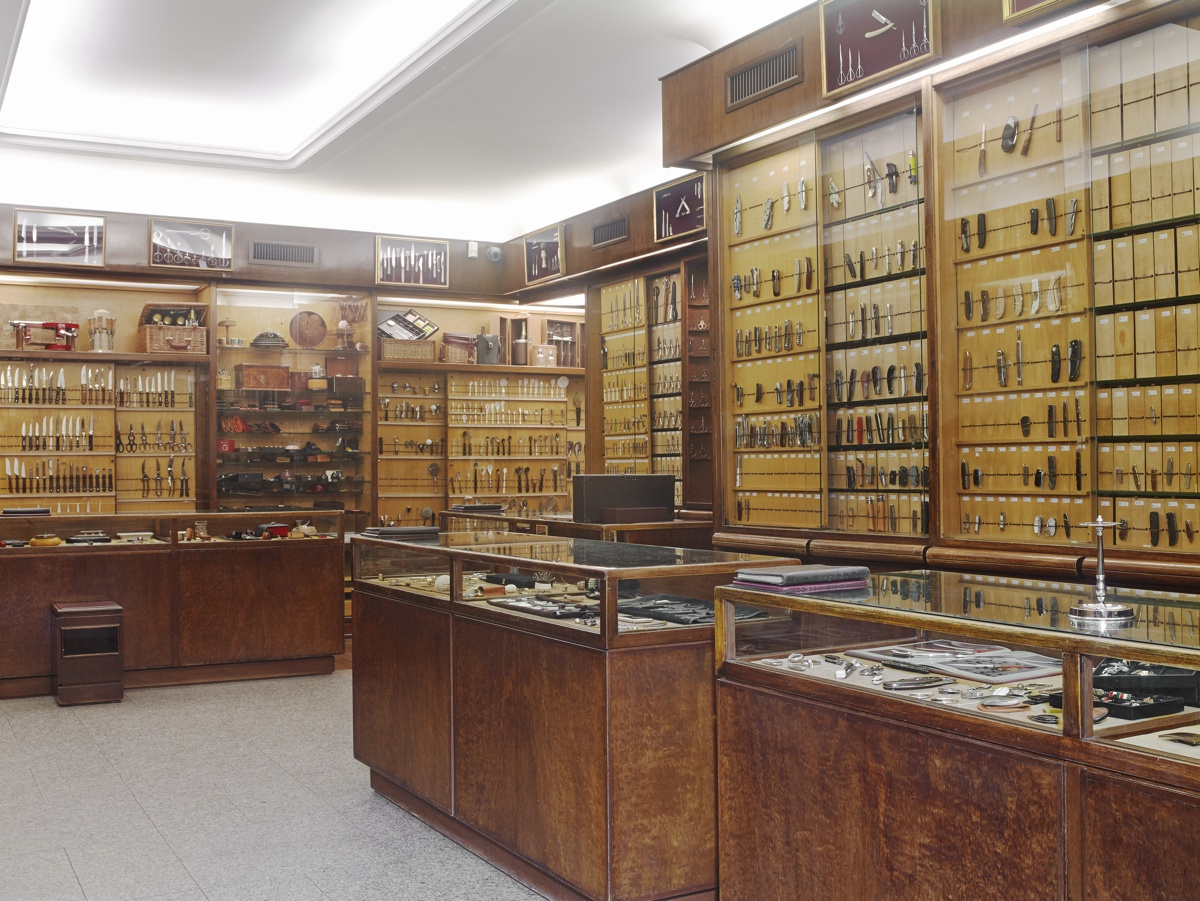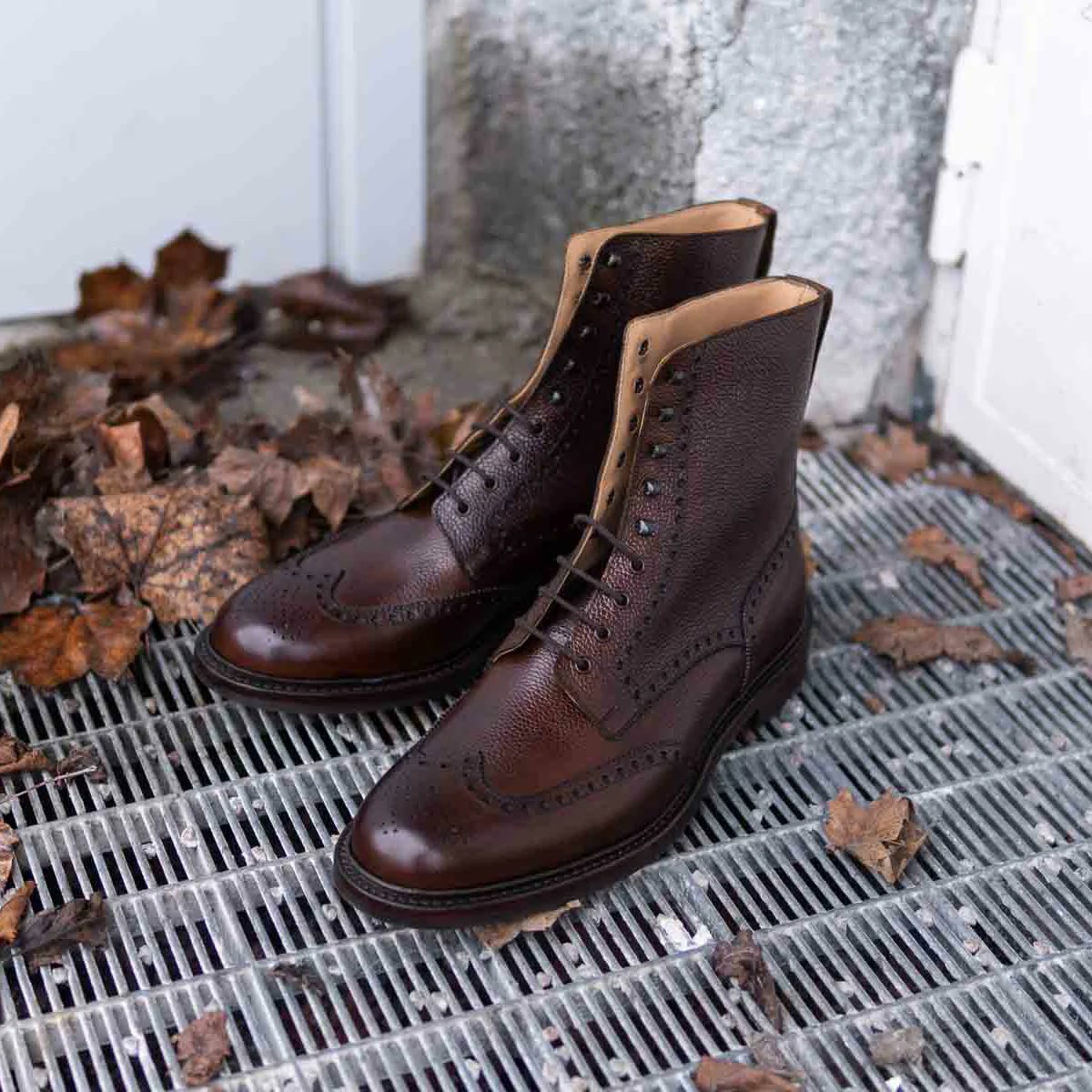This is what a tailored jacket looks like when the fusing has become delaminated. Will explain in this thread why this happens, whether you can fix it, and what to look for when shopping to avoid stuff like this. 🧵
https://twitter.com/desinfetante3/status/1792963355466146259
Fabric is floppy, so on a tailored jacket, the fronts have to be built with some structure so the jacket doesn't end up behaving like a dress shirt. See how the jacket below has its own silhouette. This is the result of the structure underneath the surface.








A jacket has three main layers. The first is the chest piece, which is made from haircloth or wrapped haircloth (basically a wirey horsehair material). Look at how Tom Ford's chest puffs out. This is because of the material inside. See how the fabric doesn't fall flat on a table




There's another layer that stretches from the shoulder to the hem. This again gives the jacket some shape and a bit of satisfying weight (remember: fabric is floppy). If you don't put anything in there, the fabric will swish around like dress pants.
There are 3 ways to do this. You can use a canvas (the best and most durable method, but expensive). Or you can use a fusible, which is a material secured with glue. A cost compromise is a half canvas, which puts canvas where it matters most but fuses below the buttoning point 

The upside of canvas is that, like the haircloth, it can be shaped. See the two materials on the right. The fusible is limp. Not great, but at least the jacket won't end up flopping around like a dress shirt. 

The third material, which I'll briefly mention before going on, is domette. This is a fluffy material used to protect the wirey haircloth from poking through to the wearer. Some Italian tailors opt not to use this, which is why their jackets look and feel so soft (less material)




Fusibles have gotten a lot better over the years, but there's always a very, very small chance that they'll delaminate. When they do, you'll see bubbling like this. There's no way to fix this. Once a fusible has been delaminated, the damage is permanent. 

How do you know if a jacket has a fusible? You can ask the sales associate, although not all SAs are informed. Or you can do the "pinch test." This is where you pinch the jacket below the buttoning point, right along the jacket's front edge, and see if you can feel a middle layer 

If you can feel a floating middle layer, the jacket is fully canvassed. If you can't, the jacket is either half-canvassed or fully fused.
You can't tell the difference between a half canvassed or a fully fused jacket because you can't pinch above the buttoning point.
You can't tell the difference between a half canvassed or a fully fused jacket because you can't pinch above the buttoning point.
Remember, all jackets have a chest piece. Some also have domettes. So if you pinch above the buttoning point, you won't know if you're feeling canvas, haircloth, or domette. Lots of stuff up there!




Since half-canvassed and fully fused jackets will both be fused below the buttoning point, not being able to feel a floating middle layer in this area only tells you that it's one of the two. 

If you can afford it, it's always best to buy a fully canvassed jacket. Not only are they more durable and shapely, but since they're more expensive to make, the manufacturer is more likely to have taken time to produce the item. It's less likely they cut corners.




If you're on a budget, you can get a half-canvassed garment. Delamination is rare, anyway. You can find those for a few hundred bucks now from retailers such as Spier & Mackay. Fully fused garments are often made so cheaply that they frequently have other issues.
Whether fully canvassed, half canvassed, or fully fused, try not to steam your garments (i.e., don't use steamers, don't hang them in steamy bathrooms, etc). This can result in all sorts of problems, such as the puckering you see here.






Steaming a fully or partially fused jacket is especially bad because heat + water without pressure is exactly how manufacturers delaminate fusing. If you apply heat + steam, you need to apply pressure to ensure the fusing doesn't delaminate.
Lastly, delamination can happen if you use a bad dry cleaner. When selecting a dry cleaner, try to find someone who does the cleaning themselves rather than sending it out to another business. But also recognize that quality cleaning will cost more money. 

• • •
Missing some Tweet in this thread? You can try to
force a refresh






